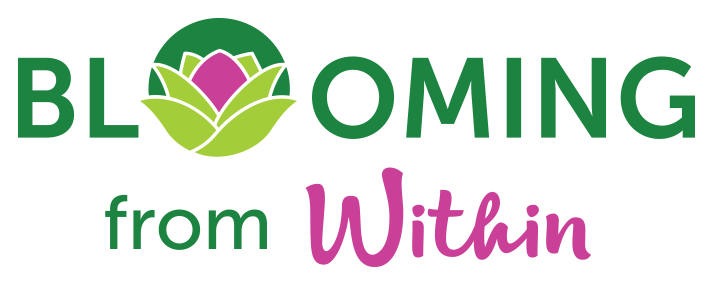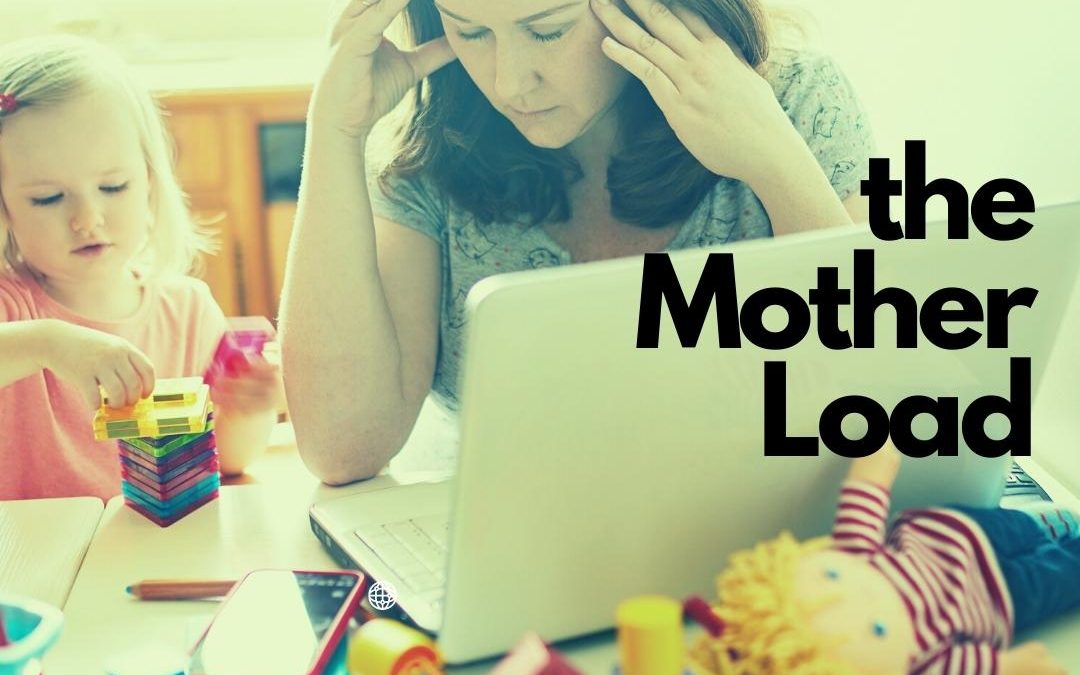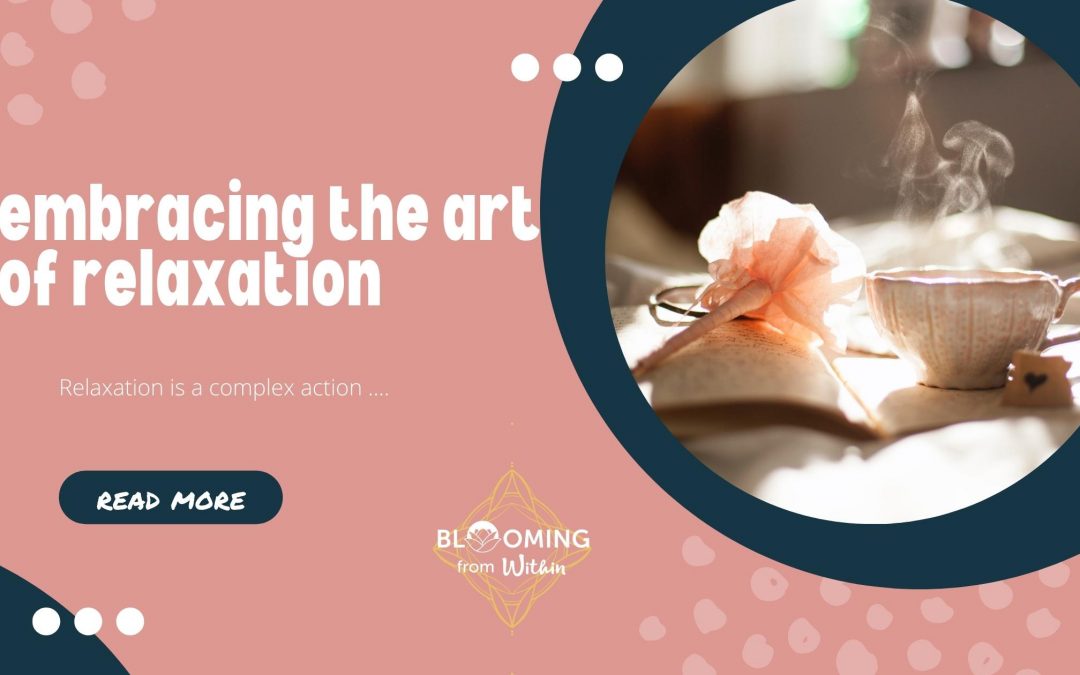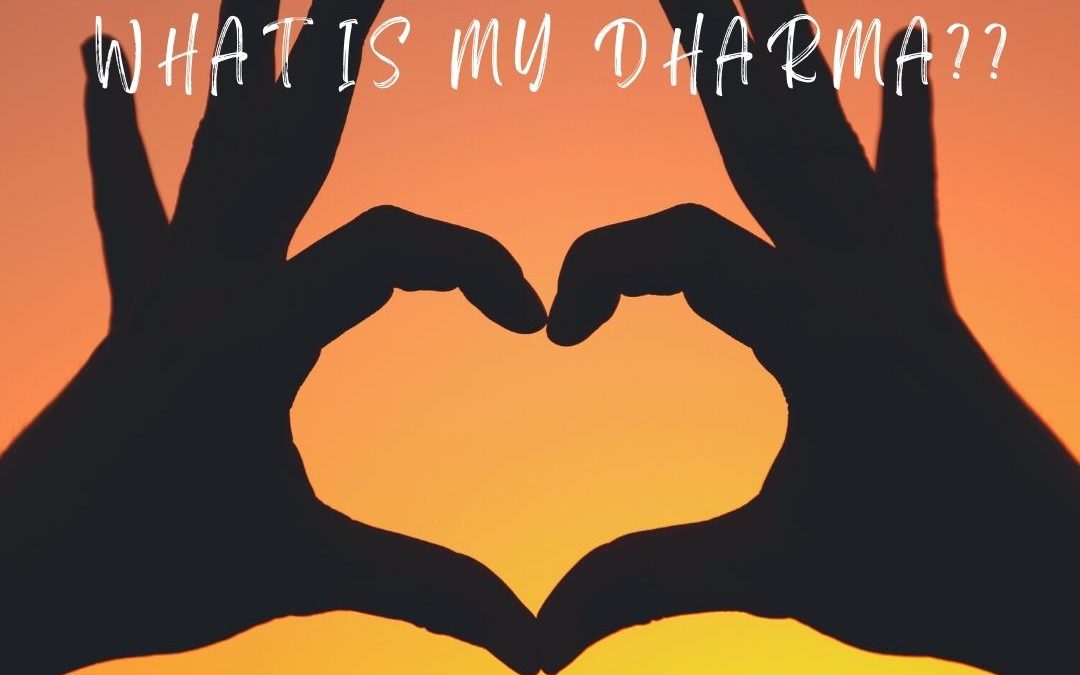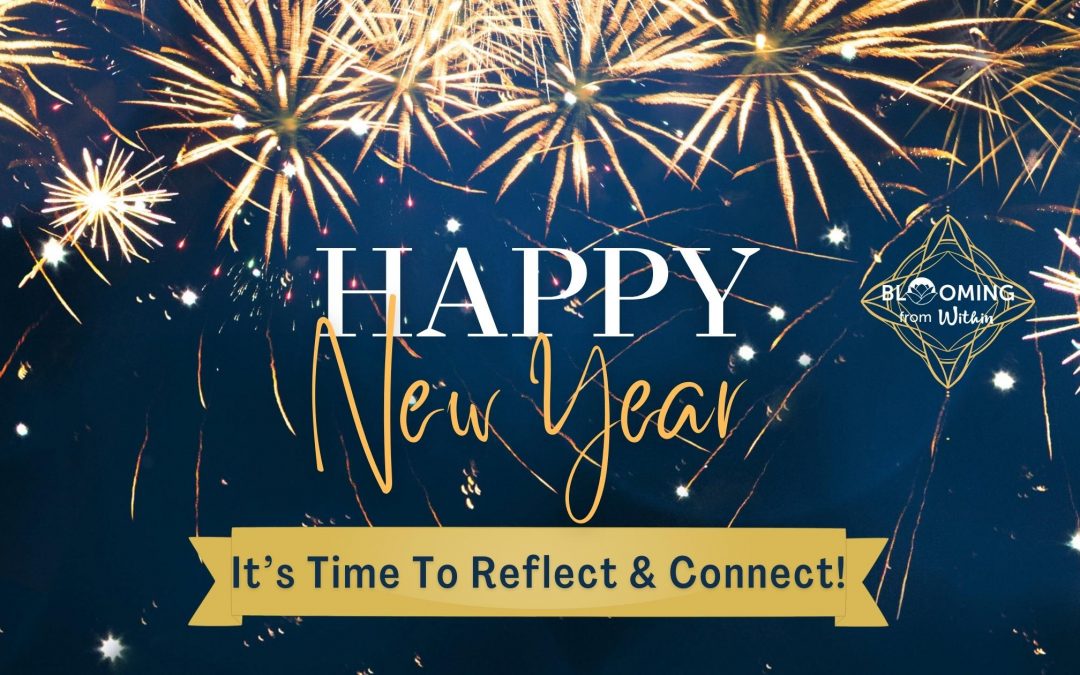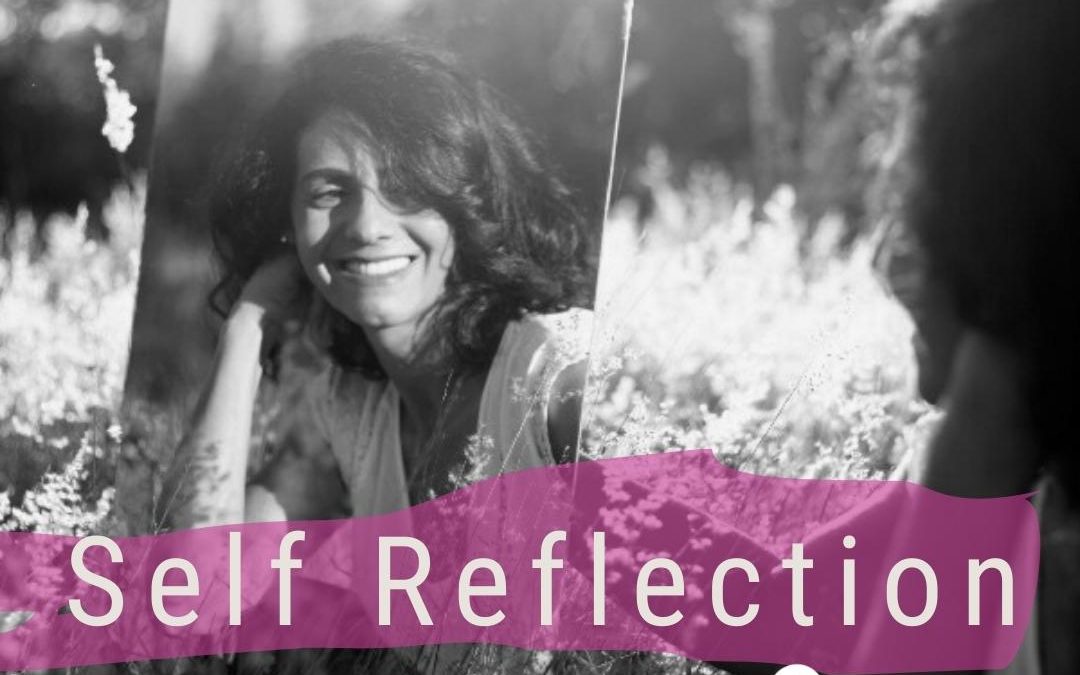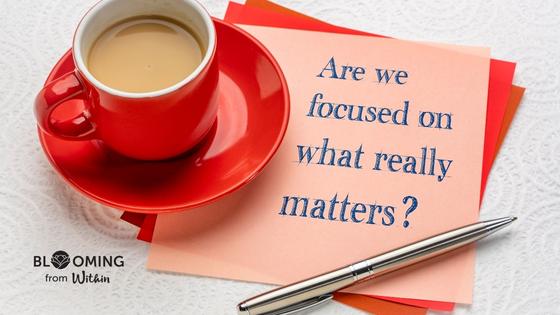
5 Tips To Discover What Really Matters
5 Tips To Discover What Really Matters?
Last week I worked with an executive client who is working through the transition of upscaling their role from Operations Manager to Business Owner and co-Director. As you would imagine, this is both exciting and incredibly stressful at times.
I liken this transition to that of a solopreneur – who initially enters the workforce as a practitioner AND and everything else you do when you work for yourself. Business owners wear a lot of hats and bear all the responsibility.
As is so often the case, life gets extraordinarily busy sometimes. The juggle can often feel overwhelming for anyone. This feeling of overwhelm can be especially heightened when you:
- work for yourself; or
- have an executive job or leadership role; or
- work alternating day/night shifts;
- juggle parenthood (homeschooling) with working from home
- you / partner experience an illness
We discussed the importance of holidays, of escaping the mundane groundhog-itis of a routine and exploring new places or activities. Taking a time out, no matter how big or small, is a gift to our mind, body and spirit.
This change of scenery to our senses as an experience is often a holiday in itself.
This is why it’s vital to reconnect with friends and family, to leave the home and get outside – to create stimulus to the heart and mind. This practice reminds us we aren’t alone.
But more importantly, planning and taking a holiday is incredibly therapuetic for so many reasons. During my conversation, this excecutive laughed and confessed to slowing down enough to finally understand the phrase “stop and smell the roses“. In her case it was travelling through Italy and eating the glorious food in wine country.
But here’s the thing. Whilst I was more than a little jelly scrolling through her travel pics, my heart melted when she recalled sitting in a remote country villa and simply watching the Italian locals go about their day.
She smiled fondly, and told me she figured out life, what really matters – love, family and the simple pleasures of life.
We laughed, smiled and sighed.
Both in agreeance at the anology that Italian culture and focus on what is important is something we could bring a little more into our lives.
Not all of us can take a trip to Italy.
It was then the conversation steeered back to how to translate this Italian experience back into every day life, back into the workplace, back to her team?
My response was to create an energetic invitation, and then lead by example.
So what really matters in your life?
To answer this, you need to be in the right space and have an open mind and heart. I’m talking down time. Rest. Mini break. The space in your life whereby you reset, recuperate and regenerate.
This action is actually life giving – to yourself AND those around you. Our human experience isn’t designed to live like robots, punching the time clock and making widgits.
1. Self Love
When we ask ourselves what really matters, it’s imperative that we are connect to our heart space, rather than be stuck in our head.
Everything external to us, in the outside world should be considered an illusion. You literally have no control over it. At best you’re an observer of the space around you.
Your past experiences, and reactions to them, will drive how you express your values.
When we look within (from the heart), we are activating the source of our power – unconditional love. Afterall, who deserves this more than anyone other that you loving yourself?
In my book This Is My Roar, I reference Tony Robbins identifies six common human needs to be met: certainty, variety, significance, growth, contribution, and loving connection.
The human need that stands out for me (to understand what is important) is the need for loving connection. Experiencing challenges in our lives can severely impact our loving connection to ourselves and others.
When you are in a state of flight or fight you are operating from a reactive mental state rather than the feeling centre of your heart.
In my clinical practice I support clients to defuse their stress so that they can heal their connection within themselves. This can be so traumatic that it disconnects you, even momentarily, from your inner self and your own internal resources.
This disconnection is a separation from the deepest and most sacred part of you. This interrupts your perception of feeling safe in your life and creates what I call your trauma tale. It’s this separation from this human need for loving connection that establishes the experience as reactive and stressful, leaving you unable to respond.
2. Experiences versus stuff
When you have a life changing experience like an epic holiday, or even a cancer diagnosis – you look at life a little differently.
Sometimes a fresh perspective, a clean slate, and space to breathe enables you to focus on actually what is important – such as creating a life long memory versus buying yet another thing for your wardrobe.
I’m reminded of the shoe dilemna in Sex & The City when Carrie fell in love with an apartment to purchase, but didn’t have the savings for a deposit. Carrie was heart broken as she sat amongst her designer shoe collection. It wasn’t until her friends pointed out that the entirity of her shoe collection equated to a $40,000 deposit!
I love the apporach that Marie Condo has for life. Your possessions must bring you joy – and not in the moment. Your possessions should fulfill a purpose, rather than sit on a shelf not bringing you joy.
3. Be a vibrational match to what you are wanting
When it comes to manifesting what is actully important right now, it’s often useful to consider the wise words of Abraham Hicks (channelled by Ester Hicks).
Every desire you have in life, no matter how big or small is answered by the universe. Read that again, and then reflect on the quality of your internal dialogue.
Reflect on your outlook on life. Without shame, blame or guilt, be really honest with yourself and assess is your outlook positive or negative?
Reflect on what is important and determine whether you’re even in a vibrational space that allows the full vibrational manifetation of the answers you seek in life.
Are you aligned to the art of allowing? Another alternative ways of asking this are you
- a vibrational match of what you are asking for before you can receive it?
- aligning with your own desire?
- embracing the art of allowing the wellbeing that is natural to flow?
- living a life of non resistance to what you want?
- appreciating what you already have and who you already are?
- embodying the art of happiness?
- art of paying attention to the way you feel and wanting to feel good?
- the art of paying attention to your emotions?
- guiding yourself to reframe you life into a space of feeling better / good?
“This is the art of deliberate creation, whereby you purposefully align to your thoughts to waht you want. Whatever you give your attention to where you stand, you give your vibration attention to.” – Ester Hicks
4. Do Good, Not More
At corporate presentations, I find myself discussing strategies with leadership. We have a neuro-biological need for regular mindfulness practice to drives higher efficiencies and focus in all staff.
In other words, don’t send your members of management or leaders offsite to a retreat to learn what is important – conduct a workshop where they sit with their teams and learn what is important to their staff.
Understanding what is important to your individual team members, provides you with insight of what their “what really matters“. As a leader, your job is then create an energetic invitation for your staff to arrive at a space of mutual appreciation of what really matters to the collective.
Asking staff to do more when there is little to no physical/mental capacity is a receipe for disaster.
Asking staff to do good, and supporting them with an invitation and resources to be good, is in my opinion an ideal space to start. It can be as simple as a peaceful breakout room to escape the desk, a fruit box to share amongst staff or sit and have coffee chat during the day.
Sometimes a simple casual check-in supports your staff feeling valued and heard.
5. Find your tribe
There’s an old saying that it takes a tribe to raise a child. The same analogy can be used for the adult. Humans are not nomadic by nature. We are deigned to function as a pack, a tribe.
From an societal perspective, to nuture our humanness, we need some time to replenish by ourselves, but we need external touch (hugs) and communication to nuture the spirit within.
So even your family are triggering, be sure to have people in your life who nurture you physically, mentally and emotionally – this is what’s really important.
In modern western culture there’s lots of positive conversation and dialogue these days surrounding a workplace culture – how well do people get along?
With the pandemic interfering with team cohesiveness, the current challenge is to reconnect your work tribe in positive ways rather than more zoom meetings.
Conclusion
Discovering what is really important to you and your team is a game changer for you as an individual and a leader. This can also readily translate to creating positive changes to your team environment.
Will everyone get on board? – no. All you can do is focus on your mindset, and allow that to be the energetic invitation for others around to join you.
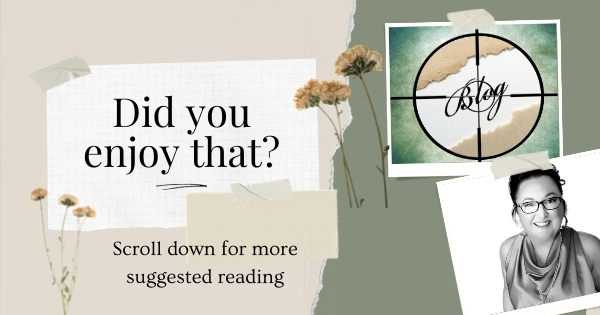
Want to read more like this?
This is My Roar – signed copies of my first published book can be purchased from this website.
Self Reflection – A little Look Within – click here
8 Hot Tips How To Journal – click here
Can You Risk Not Stepping Up To Mother yourself? – Click here
How To Stop Making Excuses & Start Living Your Best Life – Click here
Time to make a change?
Bookings – book today for an individual appointment
What is Kinesiology?
Join the private membership group Above & Beyond.
Learn more about other services offered click here
About Karen
Change Facilitator
Karen Humphries is a Kinesiology Practitioner, Health & Business Coach, LEAP & NES Practitioner, Intuitive Meditation Facilitator, and self-confessed laughaholic. She loves being of service to the world with her humorous and positive approach to life, encouraging people to ‘choose to change and bloom from within.’
